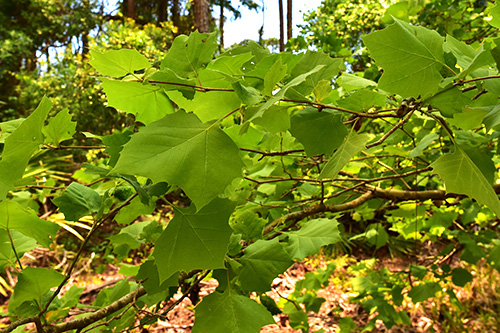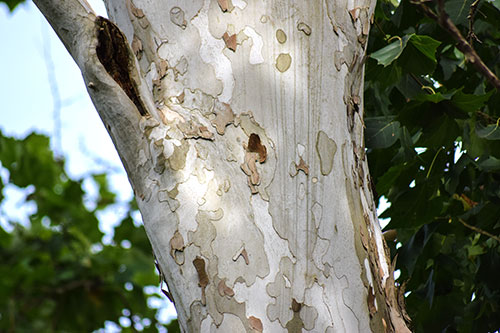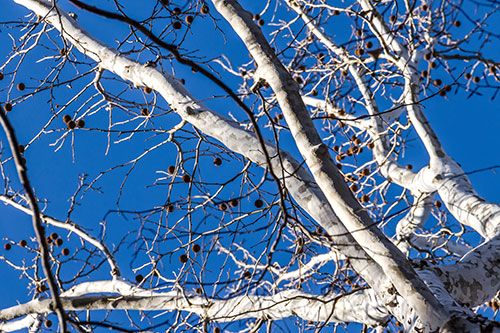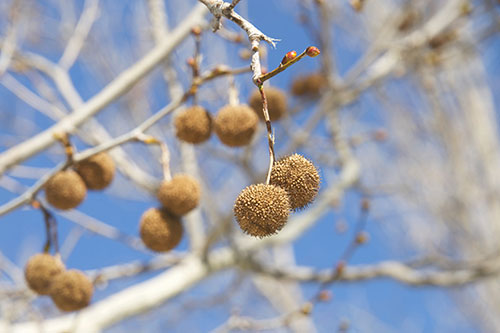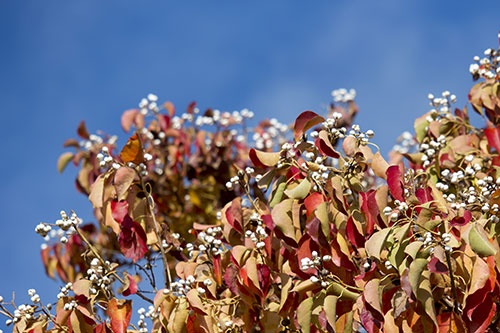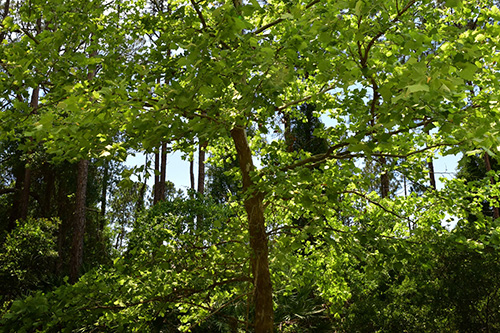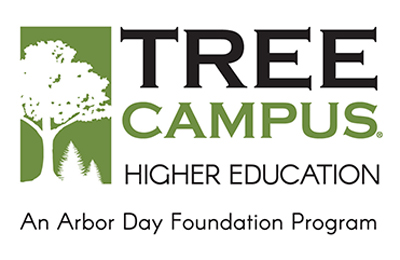Sycamore
Platanus occidentalis
The Sycamore is one of the largest hardwood trees in North America. Occurring throughout northern Florida on stream banks and floodplain forests, the Sycamore is most abundant and reaches its largest size along the Apalachicola River. In maturity, it occasionally attains a height of 140 to 170 feet and a trunk diameter of 10 to 11 feet. It often forks into several large secondary trunks, and forms an open crown more than 100 feet across.
On mature trees, the outer bark flakes off in irregular patches and exposes the nearly white, green or tan younger bark, giving the tree a mottled appearance. Near the base of old trees, the bark becomes thick, dark brown and divided by deep furrows.
Leaves are simple, alternate, five to nine inches long and about as broad, and very hairy, especially when young. The leaf blade is usually five-lobed, with a few coarse and irregular teeth on the margins. The base of the leafstalk is hollow and completely encloses the winter bud.
The fruiting head is a ball about one inch in diameter on a flexible stem, three to six inches long. During early spring, the ball breaks up into individual nutlets, with tufts of hairs that help disperse them by the wind.
The wood is hard and moderately strong, but decays rapidly in the ground. It has been used for butchers' blocks, furniture and interior finish. The Platanus hybrid, London Plane Tree, is widely planted as a shade tree.
Visit our Tree Campus homepage for more information.
Tree information provided with permission of the Florida Department of Agriculture and Consumer Services for more information visit https://www.fdacs.gov/.

